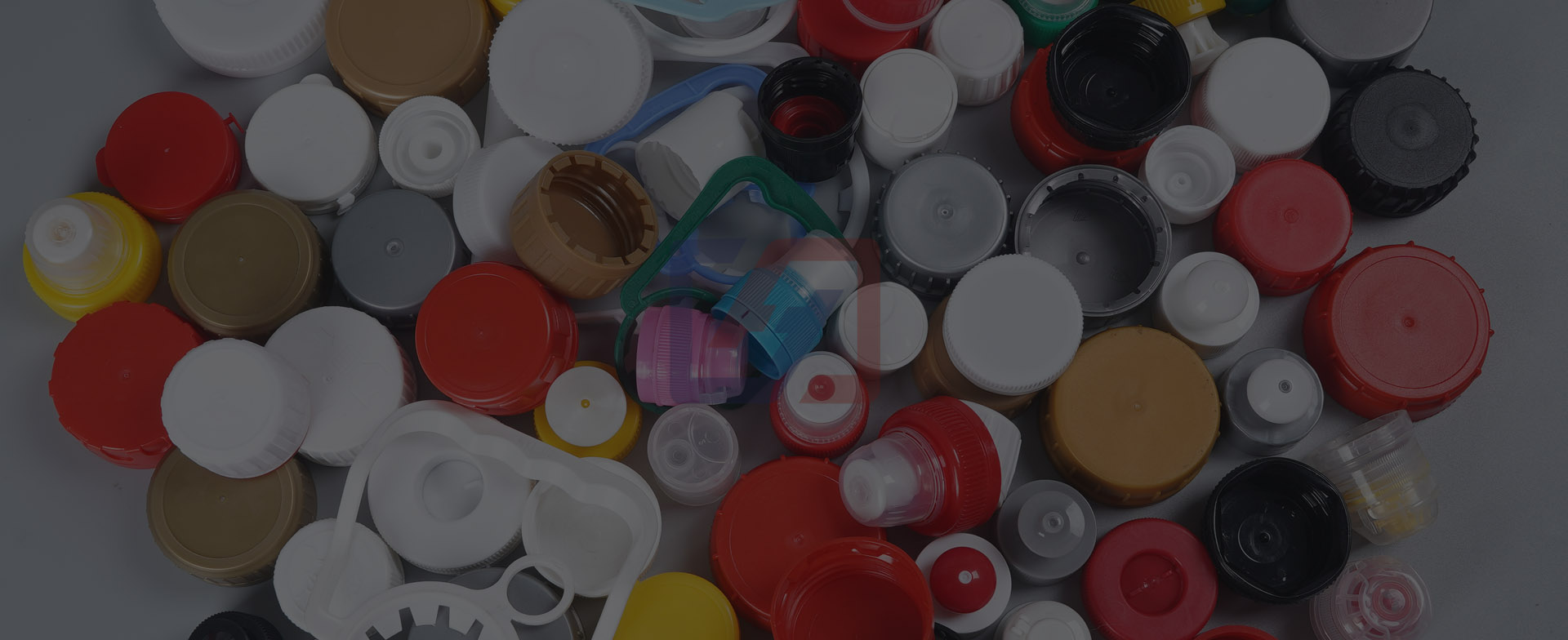
The plastic bottle caps market spans diverse industries—beverages, pharmaceuticals, personal care, and more—with evolving material innovations and dynamic pricing structures. This analysis covers key types, wholesale pricing variables, leading suppliers, and growth trends for businesses sourcing closures globally.
PP (Polypropylene) Caps: Dominating ~51% of the market share 6, PP caps offer high rigidity, chemical resistance, and sterilization compatibility. Examples include:
32mm fine-thread white caps for pharmaceutical packaging ($0.09/unit for 100+ orders) 1.
Medical-grade PP caps (e.g., Yanshan Petrochemical B6101) priced at $1,250/ton 5.
PE (Polyethylene) Caps: Used for squeeze bottles and dairy products, PE provides flexibility. HDPE caps suit rectangular/oval bottles, while LDPE fits round containers 1. Wholesale rates start at $0.02/unit for 55mm mineral water caps 10.
Specialty Materials: POK resin (e.g., Hyosung M330F) offers ultra-high gas barrier properties for oil bottles ($24/kg) 9, while LLDPE (e.g., DNDA-7144) enhances impact resistance for closures ($1.75/kg) 3.
Wholesale pricing varies by volume, material, and value-added features:
Order Volume:
| Cap Type | Minimum Order | Price Range |
|---|---|---|
| 38mm PE Juice Bottle Cap | 50,000 pcs | $0.02–$0.04/unit 2 |
| Colored PE Cap | 1,000 pcs | $0.021/unit 7 |
| Custom Logo PP Cap | 10,000 pcs | $0.03/unit 2 |
Certifications: FDA/ISO-certified caps (e.g., for beverages) command 10–15% premiums 10.
Testing Costs: Quality checks (torque resistance, seal integrity) add $50–$200 per batch 7.
Growth Forecast: The market will reach $19.2 billion by 2030, driven by beverage/dairy (54% share) and pharma sectors 6. Asia-Pacific remains the epicenter (57% of demand).
Sustainability: Recyclable PP/PE and POK (bio-based) caps gain traction, with brands like Berry Global targeting carbon-neutral packaging 69.
Technical Innovations: High-barrier materials (replacing EVOH) and anti-counterfeit designs are rising differentiators